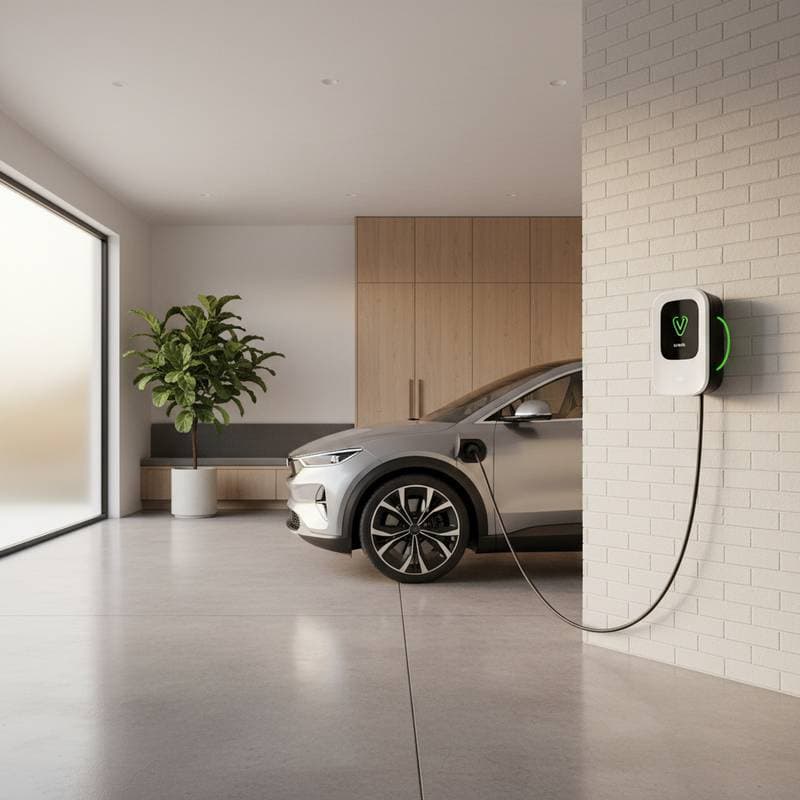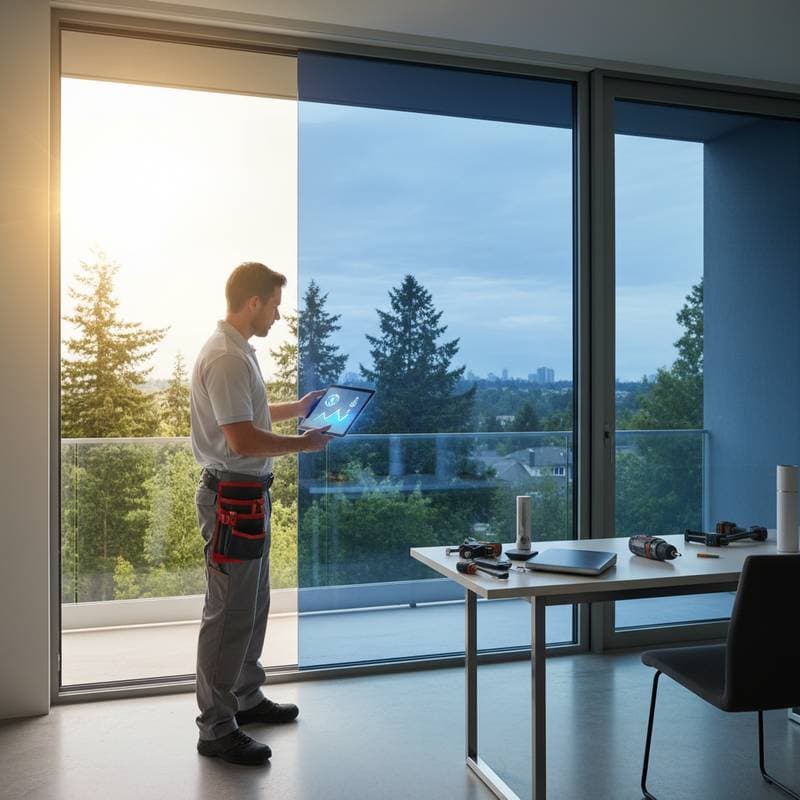Installing EV Chargers Boosts Home Resale Value by 11 Percent
Homes equipped with Level 2 EV chargers command approximately 11 percent higher resale prices. This upgrade appeals to buyers seeking electric vehicle support, offering convenience and future-proofing at a fraction of the cost of major renovations like kitchen remodels.
The installation process delivers quick returns through enhanced property value and daily usability. Real estate trends show that properties with built-in charging infrastructure attract more interest and sell faster in EV-friendly markets.
Key Cost Considerations
Understanding expenses helps homeowners budget effectively for this worthwhile investment.
Charger Type
- Level 1 chargers connect to standard 120-volt outlets and range from $200 to $400. These provide slow charging at roughly 4 miles per hour, suitable for basic needs.
- Level 2 chargers require a 240-volt circuit and cost $500 to $900 for the unit. They deliver about 25 miles per hour of range, establishing the benchmark for resale benefits.
Electrical Modifications
- Installing a new 240-volt line typically costs $400 to $1,000, depending on complexity.
- Older homes may need panel upgrades, adding $800 to $2,000 to ensure capacity.
- Permits and inspections add $100 to $300, varying by local regulations.
Distance and Layout Factors
- For every 10 feet of additional conduit or trenching, expect $50 to $100 more.
- Garages where the electrical panel sits far from the charging spot incur higher wiring expenses than those with nearby access.
Mounting and Protection
- Outdoor installations demand weatherproof enclosures and conduit, contributing $100 to $250.
- Proper setup prevents damage from elements and ensures long-term reliability.
Additional Expenses
- Rewiring or replacing breakers can add $150 to $400.
- Include a 10 to 15 percent buffer for unforeseen issues, such as hidden wiring problems.
Setup Options and Installation Process
Select the configuration that matches your driving habits and home layout.
Basic Level 1 Installation
- Use a plug-in charger with an existing outlet.
- Total cost: $200 to $400.
- No permits required if the circuit supports it.
- Ideal for overnight charging with low daily mileage.
Standard Level 2 Hardwired System
- Mount the charger directly to the wall with a dedicated 240-volt line.
- Total cost: $1,000 to $1,800.
- Involves permits and a certified electrician for safety.
- Enhances resale appeal with efficient charging speeds.
Advanced Smart Charger Option
- Features Wi-Fi connectivity, load management, and mobile app controls.
- Total cost: $1,800 to $2,500.
- Supports energy tracking and integration with solar systems.
- Allows slightly more time for approvals and configuration.
Timeline and Cost-Saving Strategies
Most installations complete in 1 to 3 days, influenced by inspection availability. Delays in sourcing breakers or heavy wire remain possible amid rising EV demand. Secure multiple quotes in advance to navigate seasonal backlogs.
Seasonal Timing Benefits
- Schedule during cooler weather to ease outdoor labor and reduce home electrical strain.
- Monitor utility programs, which often update rebates in the middle of the year.
Ways to Reduce Expenses
- Utilities provide $200 to $500 rebates for qualifying Level 2 chargers.
- Opt for time-of-use electricity plans to lower costs by up to 40 percent during off-peak periods.
- Combine with other electrical work, like panel expansions, to share labor fees.
Investment Returns and Emerging Trends
In regions with strong EV adoption, a fixed EV charger increases home value by about 11 percent. Prospective buyers, especially EV owners, view pre-installed charging as a key priority.
Payoff Illustration
- For a $600,000 property, this translates to a $66,000 uplift.
- Installation rarely exceeds $2,000.
- Net gains far surpass the outlay, even accounting for closing costs.
Current Market Insights
- Homes in communities with evident chargers experience quicker turnover.
- Listings highlighting EV compatibility generate higher online engagement.
- Pairing chargers with solar setups amplifies appeal for eco-conscious purchasers.
Real estate professionals regard EV chargers as essential modern features, signaling a forward-thinking, efficient residence.
Troubleshooting Existing Chargers
Before opting for replacement, diagnose potential issues systematically.
- Reset the breaker and test the ground fault circuit interrupter.
- Examine cords and plugs for damage or fraying.
- Update software or firmware on connected models.
Replacement proves practical if parts are obsolete or repair costs surpass 30 percent of a new unit's price. Upgrading maintains market competitiveness as EV technology evolves.
Steps to Install Your EV Charger
Follow this sequence to ensure a smooth project.
- Assess your electrical panel's capacity with a licensed professional.
- Obtain at least three detailed quotes covering materials, labor, and fees.
- Submit permit applications promptly to align with inspection timelines.
- Select an optimal spot, such as near the garage entrance for easy cable access.
- Book the installation and follow-up inspection, minimizing disruption to under two days.
- Submit rebate documentation within 30 days of completion for incentives.
Preparing Your Home for Electric Mobility
An EV charger stands out as a prudent investment for sellers and EV enthusiasts alike. The modest initial expense yields instant usability and positions your property for enduring value.
Conduct a panel evaluation and gather local estimates without delay. This addition equips your home for safer, more efficient charging and aligns with the rising tide of electric transportation.












